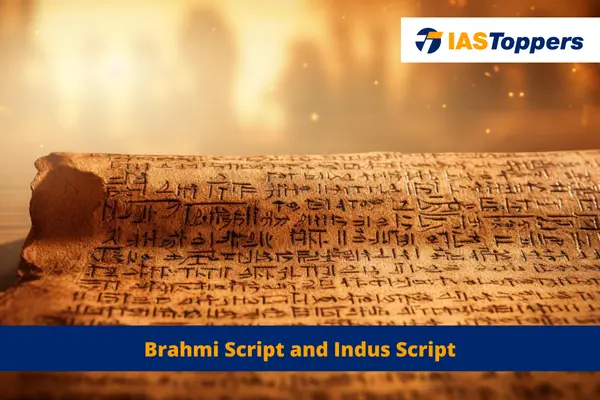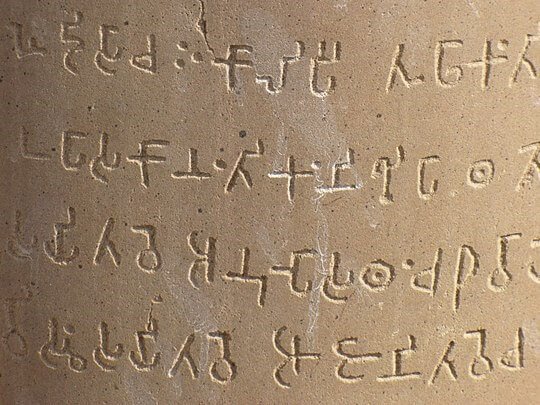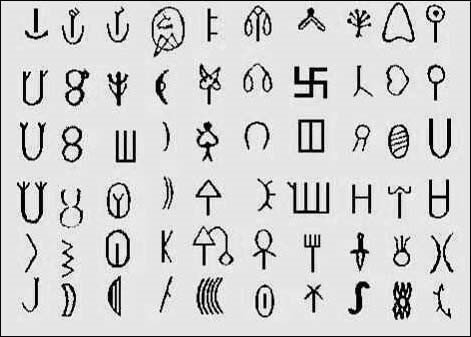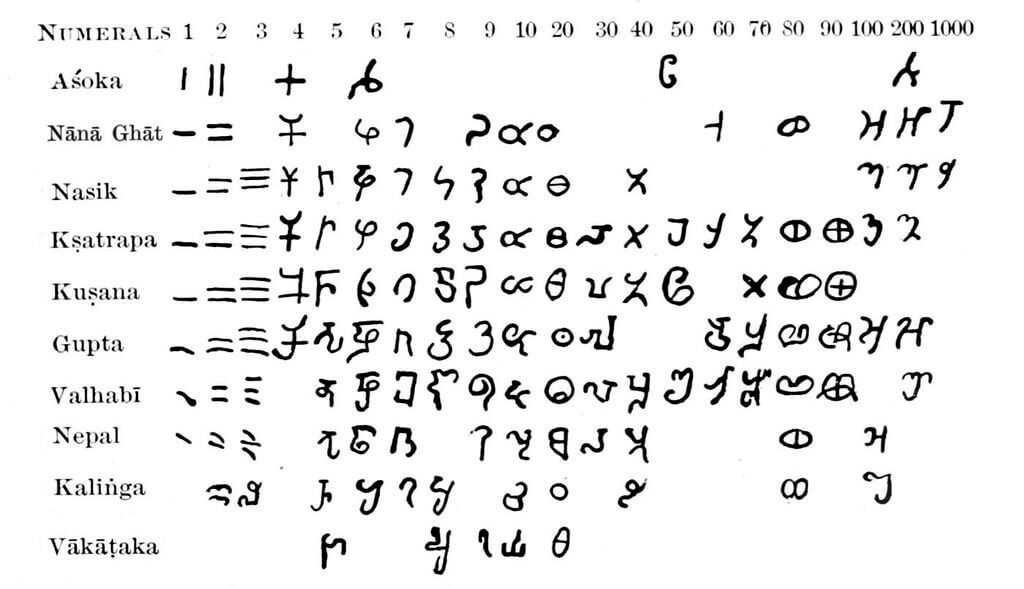Brahmi Script is the oldest writing system used in the Indian subcontinent and Central Asia. Indus Script is the symbols found in the Indus Valley Civilisation. In this article, you will learn definition, history, features, descendants, languages derived from Brahmi script and Indus Script, providing key insights for GS Paper-I Art and Culture section of UPSC IAS Exam.
Table of Content
- Background of Scripts of ancient India
- Features of Indus Script
- What is Brahmi Script?
- Features of Brahmi Script
- Descendants of Brahmi Script
- Conclusion
- Frequently Asked Questions
- Reference
Background of Scripts of ancient India:
- Scripts of ancient India serves as a standard method that represents spoken language through specific marks made on various mediums like paper, rocks, or birchbark.
- A script is also known as a writing system or orthography.
- 2 Scripts of ancient India: the Brahmi script and the Kharosthi script.
- The majority of ancient and modern scripts in India, including Devanagari, Tamil, Telugu, Kannada, Odia, and Assamese/Bengali have originated from the Brahmi script.
- Thus, Brahmi is the fundamentalscript from which other scripts has evolved.
- This makes it the “mother of all scripts”.
- Urdu uses a script derived from Arabic.
- Languages like Santhali uses its independent scripts.
Features of Indus Script:
- Indus Script is the symbols found in the Indus Valley Civilisation.
- These inscriptions are typically very short font.
- Indus Script remains uncertain if they were sued as a script to record a language.
- Indus script was mainly written from right to left, but sometimes it was written left to right or in a boustrophedon mode.
- Indus Script is also known as Harappan script.
What is Brahmi Script?
- Brahmi Script is the oldest writing system used in the Indian subcontinent and Central Asia.
- Brahmi Script has originated in India during 3rd century BCE and was existent till the early 5th century CE.
Features of Brahmi Script:
- Brahmi Script is an alpha-syllabic writing system as vowel and consonants in the script that are clearly distinguishable.
- It may have been influenced by the contemporary Semitic Script or the Indus Script.
- All existing Indic Scripts in Southeast Asia can be traced back in some way to Brahmi.
- The rock-cut edicts of Ashoka in North-Central India dating between 250- 232 BC were written in this script.
- James Prinsep has deciphered Brahmi script in 1837.
- Brahmi Script font is usually written from left to right and follows an abugida structure.
- Abugida structure: Consonants are the basis for each unit, while vowel is secondary, except when vowels is used to begin a word.
Brahmi script numbers
Descendants of Brahmi Script:
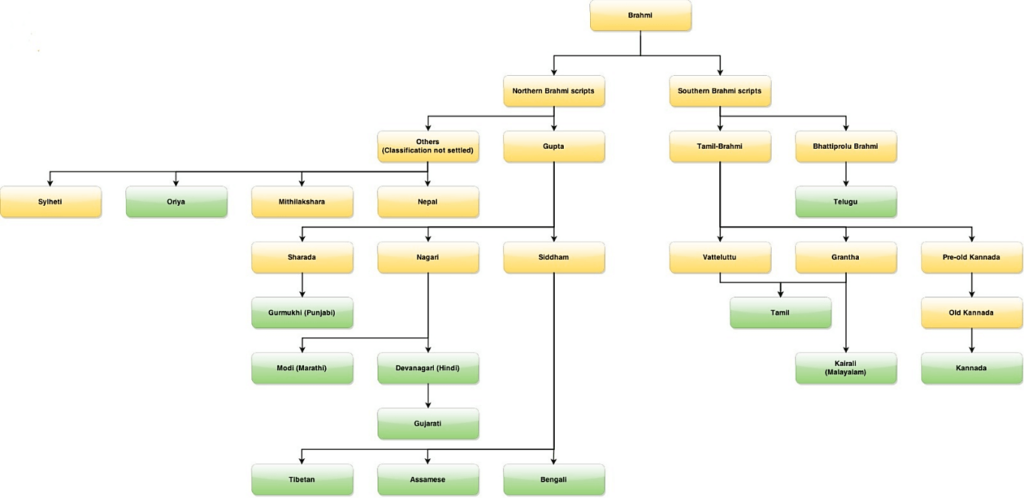
Conclusion
The script of Indus valley civilization has symbols which is not yet deciphered. The Indus Script and Brahmi Script stand as remarkable ancient writing systems that offer valuable insights into the rich cultural and linguistic heritage of ancient civilizations. Efforts to decipher the Indus Script and preserve the Brahmi Script are crucial for unravelling the mysteries of our heritage.
Ref: Source-1
FAQs (Frequently Asked Question)
Who deciphered the Brahmi script?
The Brahmi script was deciphered by James Prinsep.
Is Indus valley script deciphered?
Indus valley script is not yet decoded.
Why is Indus valley script still difficult to understand?
Indus valley script is not related to any writing system used today or any writing systems used in ancient Egypt and Mesopotamia.
What is the script of Indus valley civilization?
The script of the Indus valley civilization was the Indus script or Harappan script.
What is the difference between Devanagari and Brahmi script?
Devanagari has originated from Brahmi script.
When was Brahmi script developed in India?
Brahmi Script has originated in Indiaduring3rd century BCE.
Is the Brahmi script still used?
Yes, the Brahmi script is still used in a modified form for writing several languages in India and Southeast Asia.
Is Brahmi script older than Sanskrit?
Yes, Brahmi script is older than Sanskrit.

